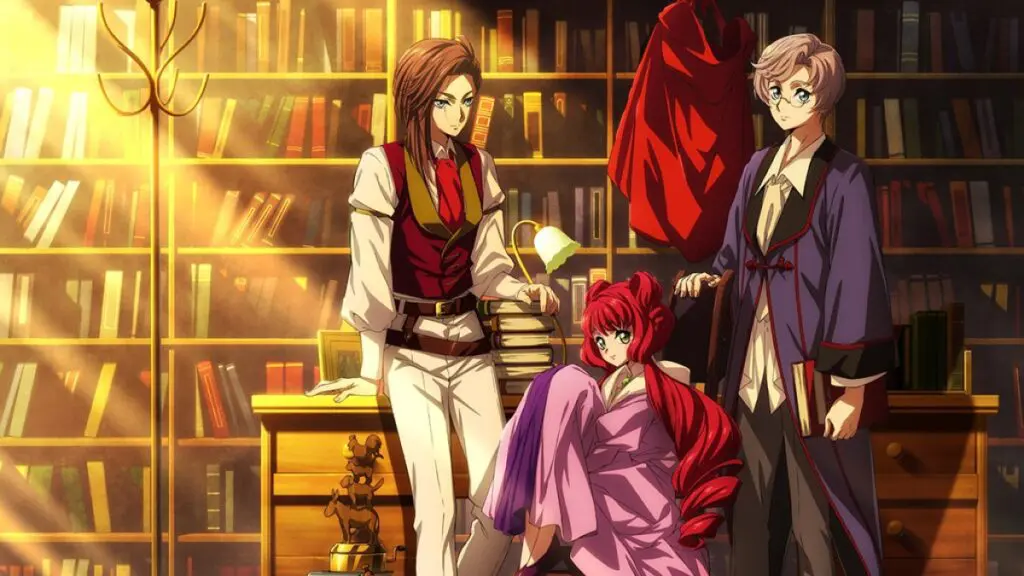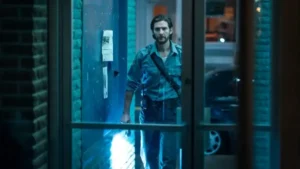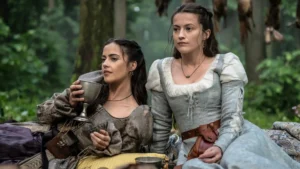The Grimm Variations is the latest take on the classic fairytales of the titular Brothers Grimm, but the Netflix anthology is far from a simple retelling. Writer Michiko Yokote and WIT Studio have delivered six compelling new versions of stories you think you know, including Cinderella and Little Red Riding Hood.
If you’re curious about the show, I thought it might be interesting to knock together a high-level overview of how the stories compare and contrast so you can better determine if this collection would be up your street or not.
This isn’t a deep dive, so there won’t be major spoilers for how things play out, but if you’d prefer to go in completely blind you might be better off doing so.
The Grimm Variations Episode Guide
Episode 1, “Cinderella”
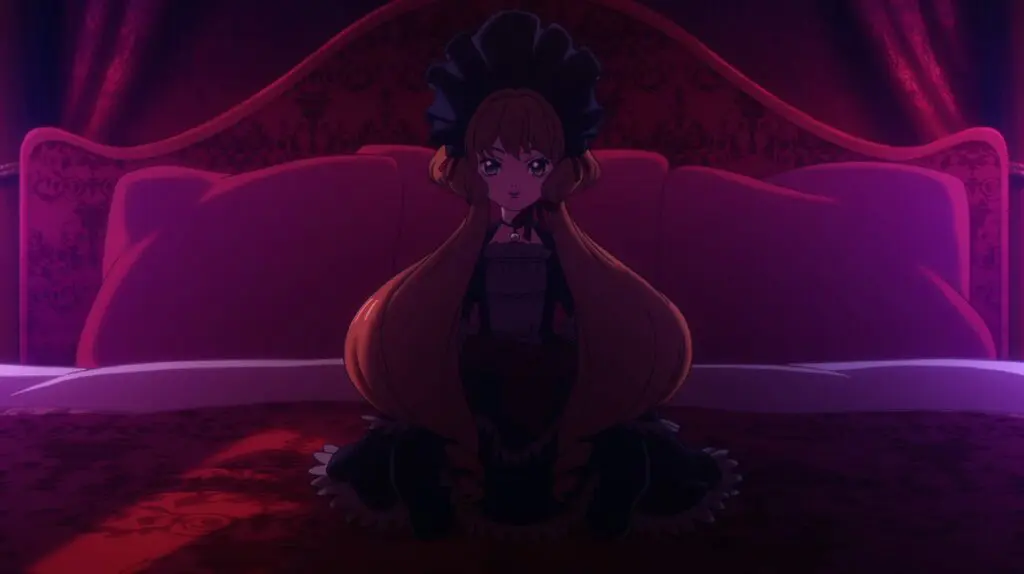
The Grimm Variations (via Netflix)
There is no more classic fairytale than Cinderella. All the tropes are there – the lovely princess, the comely prince, the wicked step-family, the fairy godmother, and the happily ever after.
After Cinderella captures a prince’s heart, a glass slipper she leaves behind at a royal ball prompts a search for love. This is… not the case in The Grimm Variations. The official Netflix synopsis describes the episode thusly:
Once upon a time, there was a young girl who loved playing with dolls. But Kiyoko’s new stepfamily soon realize that they may be her new playthings.
Yikes!
Episode 2, “Little Red Riding Hood”
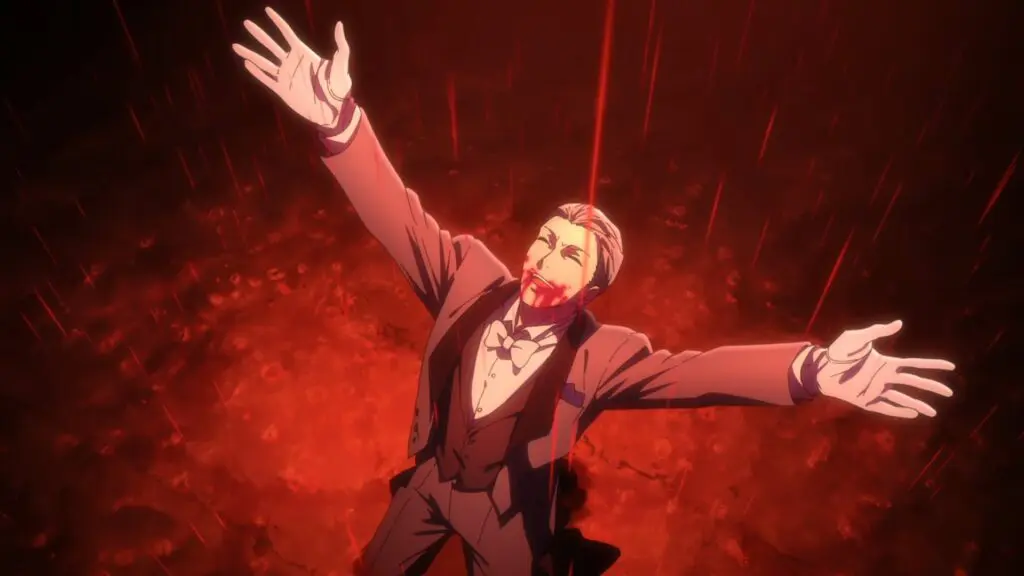
The Grimm Variations (via Netflix)
We all know this one. Little Red Riding Hood is fooled by a big bad wolf who eats her grandmother and then dresses up as her – “All the better to eat you with, my dear,” and all that jazz. It’s a classic story of people not being quite what they seem.
Red Riding Hood is eventually eaten by the wolf, but she’s saved by a heroic woodcutter. Again, it’s a happy ending, and a relatively toothless story, despite the presence of a human-eating wolf.
Again, not so in The Grimm Variations. Episode 2’s premise is:
In a dystopian future, Grey and his club of “wolves” use AR to hunt and kill women for leisure – until he meets his first real-life prey, Scarlet.
Reimagining the wolf as a serial killer and setting the story against a futuristic dystopian backdrop are bold storytelling choices.
Episode 3, “Hansel and Gretel”
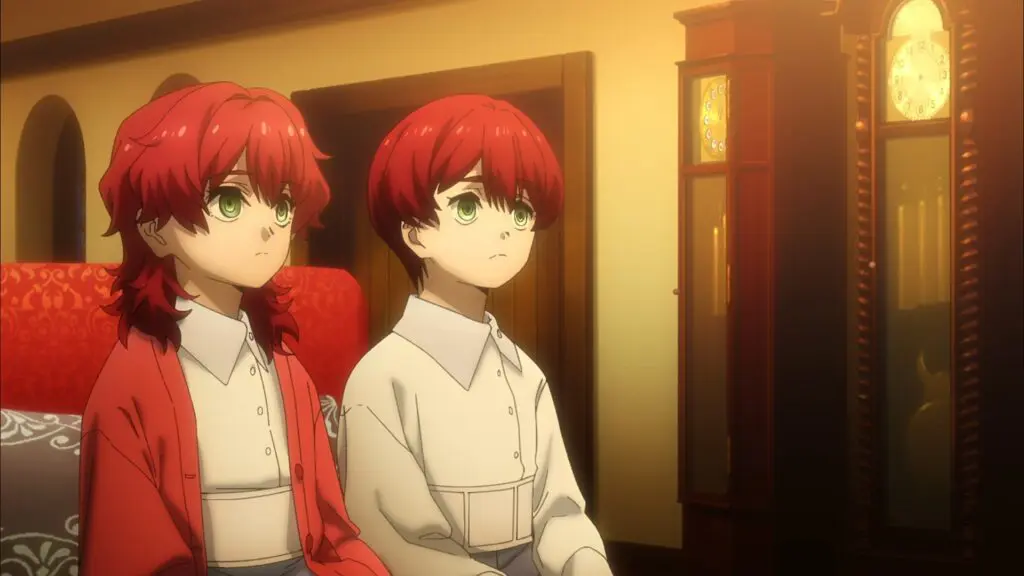
The Grimm Variations (via Netflix)
The original Hansel and Gretel is a cautionary tale about the dangers of the unknown and being led by one’s desires rather than one’s brain. The titular characters are lured through the forest by a trail of sweets that leads to the home of witch who wants to eat them.
Again, it’s a happy ending, since Hansel and Gretel are able to outsmart the witch and trap her in her own oven. It’s a lucky escape and the right lesson is learned.
In The Grimm Variations:
In the deepest, darkest part of the forest, Hansel and Gretel face a tough dilemma when an old woman tempts them with sweets and forbidden knowledge.
Don’t let this similar premise fool you – the episode is a wild reimagining of the concept with some killer twists, especially the final one. To say more would be telling, but trust me, it isn’t the same story.
Episode 4, “The Elves and the Shoemaker”
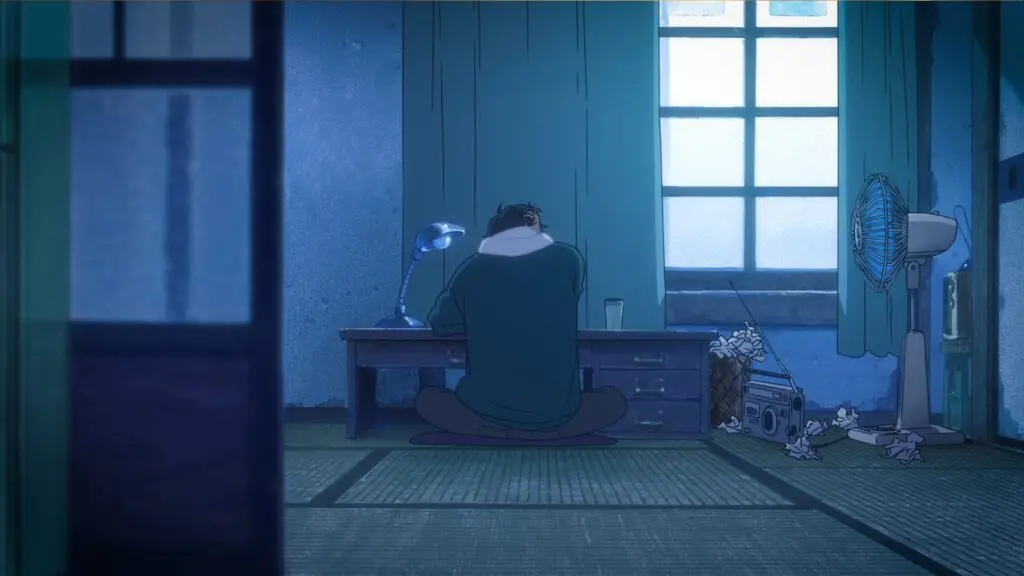
The Grimm Variations (via Netflix)
Everyone has imagined having an army of little assistants to do our work for us and make us a fortune in the meantime, and it’s that desire that the original The Elves and the Shoemaker is built on. A poor shoemaker is helped out by an army of elves, but his newfound success must come at a cost, right?
In The Grimm Variations:
Years after his last success, washed-up writer N encounters a sharp-tongued child and later wakes up with a literary hit – one he can’t remember writing.
This is a great shake-up of the original story that really digs into the interiority of a struggling writer – relatable! – and the fits and starts of creativity. One of the better episodes.
Episode 5, “The Town Musicians of Bremen”
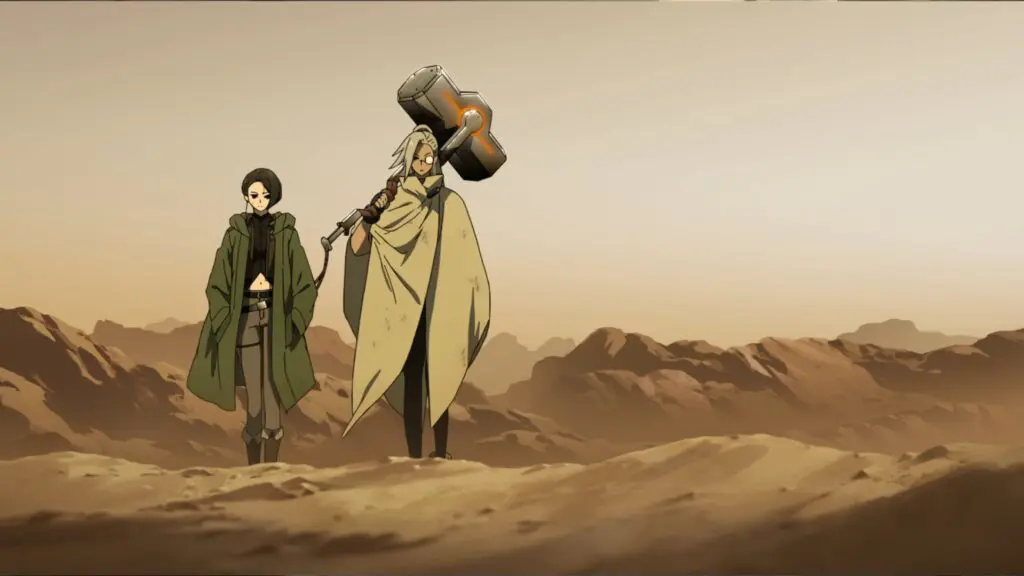
The Grimm Variations (via Netflix)
An animal-focused story rather than a human one, the original story sees a donkey, a dog, a cat, and a rooster form a band. They’re escaping their previous lives on a quest for Bremen, even though they never get there.
The Grimm Variations has a less cutesy version of this story:
Former deputy Dog roams the land with unlikely companions, but their search for a home is interrupted when they run into the notorious Wade brothers.
This is a bit of a palate cleanser, a rollicking, gunslinging adventure without much metaphorical meat on the bone. Still, it’s an enjoyable romp all the same.
Episode 6, “Pied Piper of Hamelin”
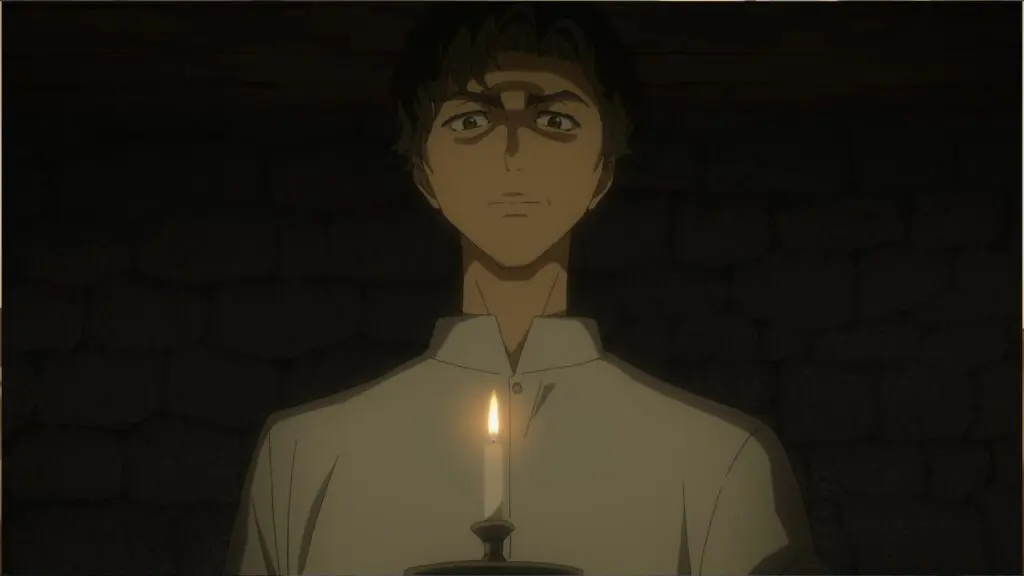
The Grimm Variations (via Netflix)
Here’s a tale that was already pretty grim. The services of a piper are employed by a town plagued with a rat infestation, and the musician manages to lead the rodents away. However, he’s stiffed on his payment, so he leads the town’s children away instead.
The Grimm Variations, needless to say, does not make things any chirpier:
The sheltered and precocious Maria is content with her bleak village life until her obsessed teacher shows her an illicit picture from the outside world.
I know. There were already many unsavory interpretations of the original text, so I guess we can add this one to the pile.
You can check out my thoughts on the collection overall in my review of The Grimm Variations. What classic fairytales could be adapted in Season 2?

